cemetery trees
greenthumbzdude
9 years ago
Featured Answer
Sort by:Oldest
Comments (69)
maackia
7 years agokentrees12
7 years agoRelated Professionals
Benbrook Landscape Architects & Landscape Designers · Lake Oswego Landscape Architects & Landscape Designers · Hartford Landscape Contractors · Gloucester Landscape Contractors · Long Branch Landscape Contractors · Mission Viejo Landscape Contractors · Old Saybrook Landscape Contractors · Carmel Siding & Exteriors · Malden Siding & Exteriors · Milwaukee Siding & Exteriors · Garden City Decks, Patios & Outdoor Enclosures · Meridian Decks, Patios & Outdoor Enclosures · Olathe Decks, Patios & Outdoor Enclosures · San Diego Decks, Patios & Outdoor Enclosures · Santa Ana Decks, Patios & Outdoor EnclosuresMarie Tulin
7 years agolast modified: 7 years agopoaky1
7 years agosam_md
7 years agopoaky1
7 years agofloral_uk z.8/9 SW UK
7 years agolast modified: 7 years agokentrees12
7 years agofloral_uk z.8/9 SW UK
7 years agokentrees12
7 years agofloral_uk z.8/9 SW UK
7 years agoken_adrian Adrian MI cold Z5
7 years agokentrees12
7 years agosam_md
7 years agofloral_uk z.8/9 SW UK
7 years agowisconsitom
7 years agopoaky1
7 years agokentrees12
7 years agofloral_uk z.8/9 SW UK
7 years agoarbordave (SE MI)
7 years agolast modified: 7 years agoHuggorm
7 years agolast modified: 7 years agopoaky1
7 years agopoaky1
7 years agodavidrt28 (zone 7)
7 years agolast modified: 7 years agodavidrt28 (zone 7)
7 years agolast modified: 7 years agopoaky1
7 years agopoaky1
7 years agosam_md
7 years agopoaky1
7 years agosam_md
7 years agobengz6westmd
7 years agobengz6westmd
7 years agolast modified: 7 years agosam_md
7 years agobengz6westmd
7 years agopoaky1
6 years agobengz6westmd
6 years agofloral_uk z.8/9 SW UK
6 years agopoaky1
6 years agodavidrt28 (zone 7)
6 years agolast modified: 6 years agosam_md
6 years agofloral_uk z.8/9 SW UK
6 years agosam_md
6 years agopoaky1
6 years agobengz6westmd
6 years agodavidrt28 (zone 7)
6 years agolast modified: 6 years agobengz6westmd
6 years agosam_md
3 years agobengz6westmd
3 years agopoaky1
3 years ago
Related Stories
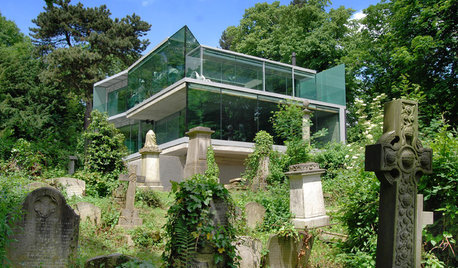
HOUZZ TOURSHouzz Tour: A Most Unlikely Setting for a Contemporary London Home
The unusual glass design of this house near Highgate Cemetery helps it float above dramatic surroundings, visible at every turn
Full Story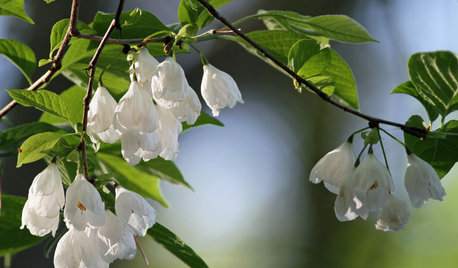
GARDENING GUIDESGreat Design Plant: Halesia Tetraptera
Carolina silverbell is a Southeastern native tree that adds spring blooms to a shady slope, a woodland edge or even a lawn
Full Story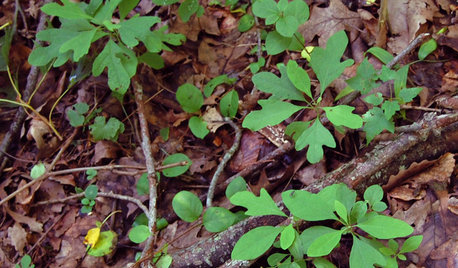
GARDENING GUIDESGreat Design Plant: Sassafras Albidum
This eastern native tree has beautiful foliage, a spicy aroma and a rich history
Full Story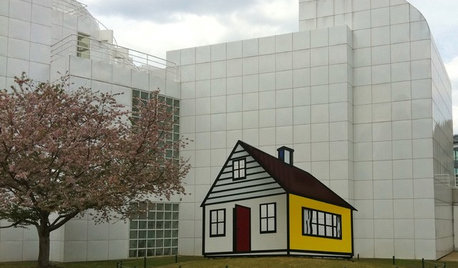
CITY GUIDESHouzz Travel Guide: Atlanta for Design Lovers
You'll find world-class museums, restaurants, hotels and shops in Georgia's woodsy, welcoming and charming capital
Full Story
CHRISTMASGift Giving the Simple-ish Way
If buying holiday gifts drives you to the spiked holiday punch, try these easier but still rewarding traditions
Full Story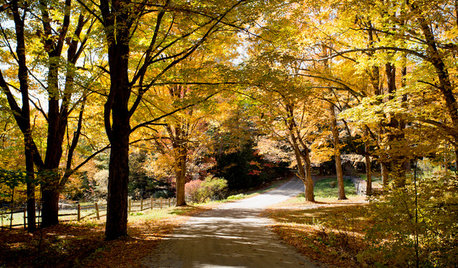
FALL GARDENINGHouzz Call: Show Us Your Autumn Views
Share your pictures of fall foliage and decor in the Comments. Your photos may be featured in an upcoming story!
Full Story
FALL GARDENINGHouzz Call: Show Us Your Fall Color!
Post pictures of your fall landscape — plants, leaves, wildlife — in the Comments section. Your photo could appear in an upcoming article
Full Story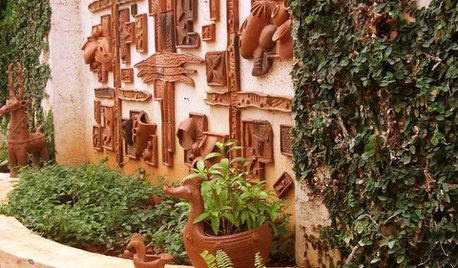
DECORATING GUIDESSlow Design: Today's 'Wabi-Sabi' Helps Us Savor the Moment
Learn about the design movement that's aiming to satisfy our real needs, leaving materialism in the past
Full Story
DECORATING PROJECTSWhat to Do With Old Family Photos
Find out how to research, share and preserve images that offer a connection to the past
Full Story
LIFE10 Ways to Work Through Grief Triggers During the Holidays
A year after losing her sister, she was facing another holiday. Here’s how one woman learned to find joy again
Full Story





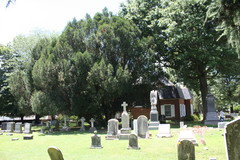
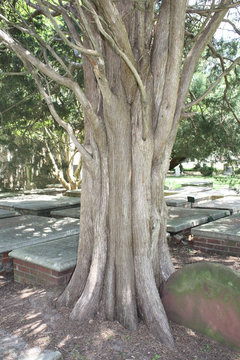
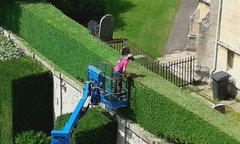

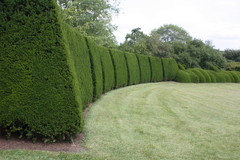
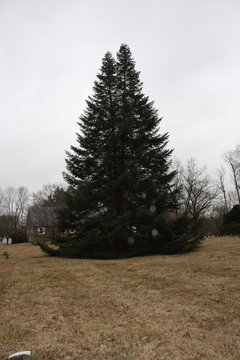
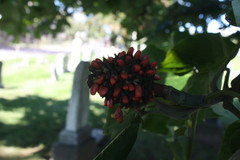
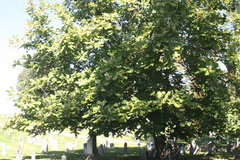

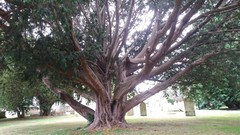





sam_md